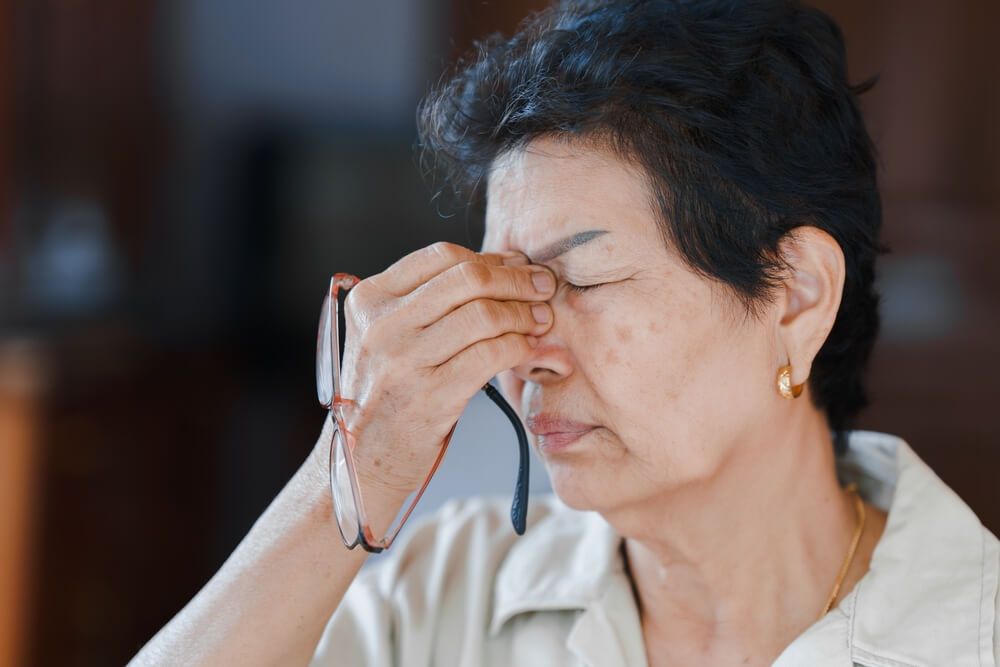Most people associate eye injuries with construction sites, sports, or car accidents. However, the home is one of the most common places for eye injuries to occur. From cleaning products to kitchen mishaps, the potential for harm is often underestimated. For individuals with existing eye conditions such as glaucoma or cataracts, the stakes are even higher. Vision may already be compromised, and an injury could further accelerate vision loss or complicate treatment.
At Colorado Eye Clinic in Greenwood Village, Denver, Dr. Abed Namavari emphasizes that eye health doesn’t stop when patients leave the clinic. Home safety, especially for aging adults or those with known eye conditions, should be a top priority. Preventable injuries can derail treatment progress or lead to irreversible complications. Understanding the risks and adopting a few simple precautions can protect your sight and support long-term vision health.
How Glaucoma and Cataracts Affect Vision Safety
Glaucoma and cataracts, while distinct in origin, both affect how individuals interact with their surroundings. Glaucoma often causes peripheral vision loss, creating blind spots that make it harder to detect objects or movement off to the side. Cataracts, on the other hand, blur and cloud vision, reducing contrast and clarity, particularly in low-light settings.
These changes significantly increase the risk of accidents at home. A missed step, a spilled chemical, or a sharp corner can all become dangerous when vision is impaired. Even routine tasks like reaching for items in a cabinet or using power tools can turn risky if you can’t clearly judge depth or see obstacles. Dr. Namavari notes that many patients with glaucoma or cataracts don’t recognize how much their condition has affected their daily safety until an injury occurs. Regular ophthalmology checkups, paired with practical home precautions, can help mitigate these hidden dangers.
Hidden Dangers in Everyday Environments
The home is filled with potential eye hazards, many of which go unnoticed. Kitchens, garages, bathrooms, and even the garden are hotspots for incidents. In the kitchen, hot oils, steam, and sharp utensils pose risks. Chemical splashes from cleaners or sprays can occur in any room, especially if users fail to wear protective eyewear or forget to check ventilation.
Falls are also a leading cause of eye trauma at home, particularly for seniors or those with visual limitations. A stumble into furniture or a sharp edge can result in bruising, corneal abrasions, or worse. Dr. Namavari often advises patients to take a fresh look at their living space from a safety-first perspective, particularly as their vision changes with conditions like glaucoma or cataracts.
Essential Home Safety Tips for Eye Protection
There are several steps you can take to minimize the risk of eye injuries in your home. These strategies are especially important for individuals who are already under the care of an ophthalmologist for chronic eye conditions.
Here are key recommendations:
- Use protective glasses when handling chemicals, cooking with hot oils, or using tools.
- Improve lighting throughout the home, especially in stairways and hallways.
- Remove tripping hazards like loose rugs, clutter, or electrical cords.
- Install grab bars in bathrooms and non-slip mats in tubs and showers.
- Store sharp objects securely and at appropriate heights.
- Label and store cleaning supplies properly to avoid confusion or spills.
- Keep eyewash solutions easily accessible in kitchens and garages.
These small adjustments, when consistently applied, make your home significantly safer. Dr. Namavari suggests patients walk through their homes with a family member or caregiver to identify areas for improvement, particularly after receiving a glaucoma or cataract diagnosis.
The Role of Regular Eye Exams in Injury Prevention
Preventing eye injuries isn’t just about modifying your home environment—it’s also about staying proactive with your eye health. Regular exams with an eye specialist or ophthalmologist can help detect worsening vision or adjust treatment strategies before accidents happen.
For glaucoma patients, pressure monitoring and visual field tests help track disease progression, giving insight into whether your ability to detect movement or avoid obstacles has changed. For cataracts, timely surgical recommendations can restore clarity before vision loss leads to an accident. Dr. Namavari stresses that eye conditions often worsen gradually, and patients may not recognize the full extent of their vision decline. A professional evaluation ensures you’re aware of your limitations and can take steps to adjust your surroundings accordingly.
When to Seek Medical Attention After an Eye Injury
Even with precautions, accidents can still occur. Knowing when to seek help is essential. If you experience sudden vision loss, persistent pain, bleeding, or see flashes of light after an incident, you should contact an ophthalmologist immediately. Chemical exposures should be flushed with clean water for at least 15 minutes, followed by prompt medical attention—even if symptoms seem mild at first.
Delaying treatment can lead to complications, especially for those already managing glaucoma or cataracts. Eye trauma can disrupt intraocular pressure or cause inflammation that exacerbates existing conditions. Dr. Namavari encourages all patients to take any eye injury seriously, no matter how small it may seem at the time.
Supporting Long-Term Eye Health at Home
Prevention isn’t about eliminating all risks—it’s about reducing them as much as possible through awareness and action. By creating a home environment that supports safety, individuals with glaucoma or cataracts can maintain their independence and quality of life for longer.
Colorado Eye Clinic offers resources to help patients make informed decisions about their care at home. Whether it’s a consultation about protective eyewear, a comprehensive exam, or ongoing management for glaucoma or cataracts, Dr. Namavari is committed to helping his patients thrive with clear vision and peace of mind.
Your Eyes Deserve Daily Protection
Home should be a place of safety and comfort—not a source of risk. For those managing eye conditions like glaucoma and cataracts, simple changes can offer powerful protection. Eye health doesn’t stop at the clinic door; it extends into every part of your life, including the space where you spend the most time.
If you’ve noticed changes in your vision or want to ensure your home is as eye-safe as possible, contact Colorado Eye Clinic in Greenwood Village, Denver. Dr. Abed Namavari offers personalized care plans and the expertise needed to help you see clearly and live confidently.
Sources:
- Chakrabarti, A., & George, R. (2008). Glaucoma: Current status and recent advances. Indian Journal of Ophthalmology.
- West, S. K., & Munoz, B. (2000). Preventable blindness: The challenges for public health. Bulletin of the World Health Organization.
- Resnikoff, S., & Felch, W. (2012). The impact of cataract surgery on quality of life. Community Eye Health Journal.

